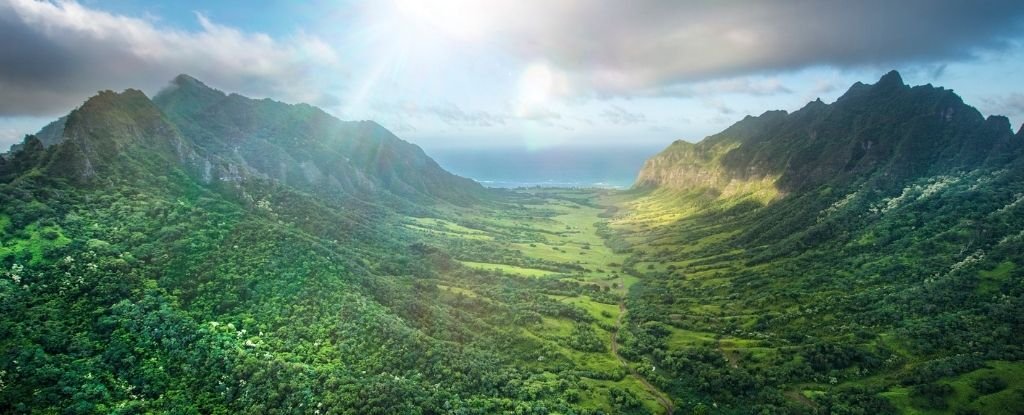
A new study shows that if fossil fuel emissions don't decrease rapidly, the ecosystems of all life on the planet will change quickly, particularly in the tropics or polar regions.
The current research does not predict the future of any one species or habitat due to climate change. Instead, it categorizes Earth into general "life zones", which are landscape-scale ecosystem types with similar temperatures, humidity and dryness.
Researchers created a global map of Earth that included 48 possible life zones, including tropical forests and temperate forests, deserts and boreal forests, grasslands and shrublands.
They used historical climate data and climate projections that span 180 years to model what happened to these zones in the past as well as what might happen in future.
The findings today indicate that the boundaries between certain life zones are already shifting, though to a limited extent.
Although most eco regions still have the same life zones today as they did 100 years ago, 30 have seen significant changes, including shrinking, expanding or shifting their range.
(Elsen et al., Global Change Biology, 2021)
Above: Comparison maps showing changes in life zone area over three time periods (1901-1920), 1979-2013 and 2061-2080). Future calculations are based upon a scenario with less severe emissions (labelled RCP4.5) and one where emissions remain at a 'business as usual (labelled RCP8.5).
These changes are most noticeable in boreal forests and montane grasslands, shrublands, deserts and temperate coniferous forest. If we do not reduce our emissions, the annual changes Earth's life zones experience at the moment could triple in 2070.
This means that in five decades, 281 ecoregions may experience significant changes to their life zones.
The authors conclude that "Importantly the projected rate for future life zone changes is faster than the past," they state.
It isn't perfect, but it does indicate potential ecosystem changes. Life zones are broad categories that do not include all the nuances of an ecosystem. They can be affected by climate change like physical limitations on plant growth and animal reproduction.
These results indicate that the current climate projections are underestimating how much change can be expected.
Despite the fact that we don't know much about larger areas of life or how they will perform in the future, this research is a good start. It could guide adaptive conservation strategies and sustainable development strategies for the most vulnerable areas of our planet to climate change.
The authors discovered evidence of nearly 50% turnover in the area of life zones in species-rich areas such as the Borneo mountain rainforests or Indonesia.
These are the places where extreme levels of climate change pose a threat to large numbers of species and make it imperative that global conservation efforts be directed at them.
"Policies that are not in line with changes in life zones are more likely to fail to conserve biodiversity and sustain development," the authors write. "Especially in areas where the pace of climate change is fastest and the climatological thresholds are near," they explain.
The fastest changing areas on our planet are the tropics and polar regions.
As climate change worsens, the life zones associated with tropical rainforests will likely expand into neighboring zones. Nevertheless, the life zones associated to tundra will likely shrink in size.
The new projections not only highlight the areas where life zones are most affected by climate change, but they also indicate potential climate sanctuaries. Even with the worst emission scenario, the current model predicts that approximately 57 percent of Earth's land will still be home to the same life zones.
These ecoregions are located mainly in the Amazon and Congo Basins as well as the Sahara desert, southeast Asia and southern Australia. These areas will not be immune from climate change, but the likelihood of them transitioning to another life zone is low.
The authors state that the areas with the greatest potential for Anthropocene refugea are those that experience the least climate change and where life zones remain unchanged.
"Stable life zones are places where biodiversity is most likely not to disappear due to non-climate variables, provided that they do not cause local extinction."
These maps offer a glimpse into the future.
Global Change Biology published the study.
